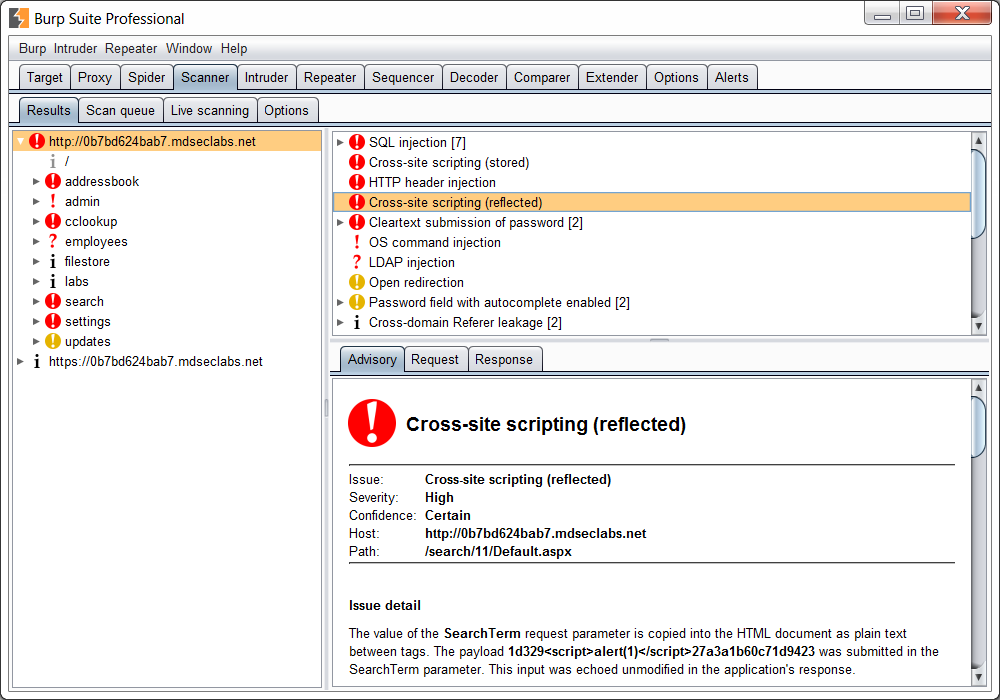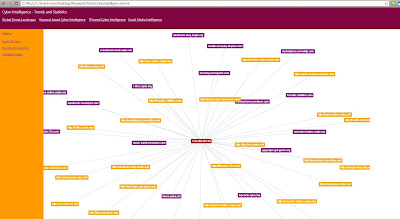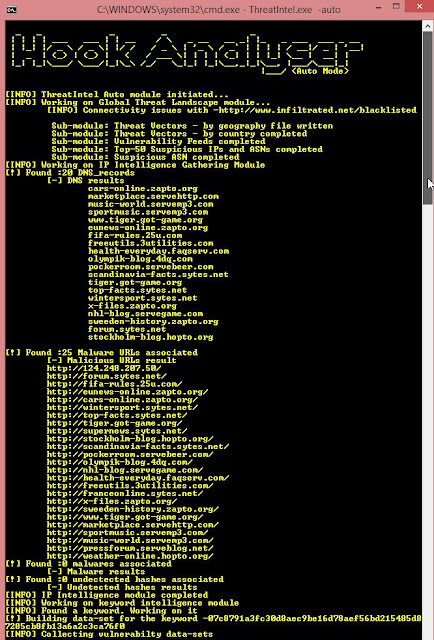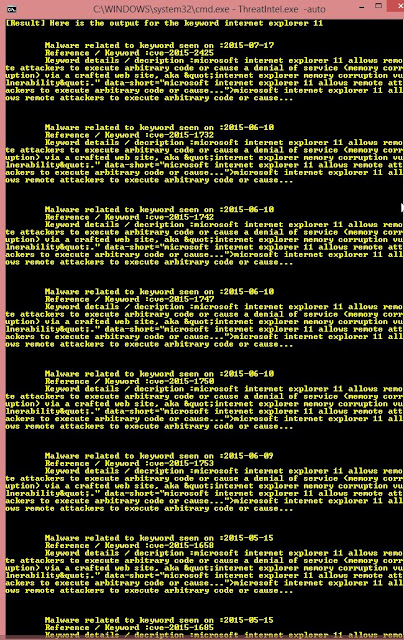IVRE (Instrument de veille sur les réseaux extérieurs) or DRUNK (Dynamic Recon of UNKnown networks) is a network recon framework, including two modules for passive recon (one p0f-based and one Bro-based) and one module for active recon (mostly Nmap-based, with a bit of ZMap).
The advertising slogans are:
- (in French): IVRE, il scanne Internet.
- (in English): Know the networks, get DRUNK!
The names IVRE and DRUNK have been chosen as a tribute to "Le Taullier".
External programs / dependencies
IVRE relies on:
- Python 2, version 2.6 minimum
- Nmap& ZMap
- Bro& p0f
- MongoDB, version 2.6 minimum
- a web server (successfully tested with Apache and Nginx, should work with anything capable of serving static files and run a Python-based CGI), although a test web server is now distributed with IVRE (
httpd-ivre) - a web browser (successfully tested with recent versions of Firefox and Chromium)
- Maxmind GeoIPfree databases
- optionally Tesseract, if you plan to add screenshots to your Nmap scan results
- optionally Docker& Vagrant (version 1.6 minimum)
Passive recon
The following steps will show some examples of passive network recon with IVRE. If you only want active (for example, Nmap-based) recon, you can skip this part.
Using Bro
You need to run bro (2.3 minimum) with the option
Using p0f
To start filling your database with information from the
Using the results
You have two options for now:
To use the Python module, run for example:
Active recon
Scanning
The easiest way is to install IVRE on the "scanning" machine and run:
When it's over, to import the results in the database, run:
There is an alternative to installing IVRE on the scanning machine that allows to use several agents from one master. See the AGENT file, the program
Using the results
You have three options:
CLI: scancli
To get all the hosts with the port 22 open:
Python module
To use the Python module, run for example:
Web interface
The interface is meant to be easy to use, it has its own documentation.
The following steps will show some examples of passive network recon with IVRE. If you only want active (for example, Nmap-based) recon, you can skip this part.
Using Bro
You need to run bro (2.3 minimum) with the option
-b and the location of the passiverecon.bro file. If you want to run it on the eth0 interface, for example, run:# mkdir logs
# bro -b /usr/local/share/ivre/passiverecon/passiverecon.bro -i eth0
capture file (capture needs to a PCAP file), run:$ mkdir logs
$ bro -b /usr/local/share/ivre/passiverecon/passiverecon.bro -r capture
logs directory. You need to run a passivereconworker to process these files. You can try:$ passivereconworker --directory=logs
p)kill it, it will stop gently (as soon as it has finished to process the current file).Using p0f
To start filling your database with information from the
eth0interface, you just need to run (passiverecon is just a sensor name here):# p0f2db -s passiverecon iface:eth0
capture file:$ p0f2db -s passiverecon capture
Using the results
You have two options for now:
- the
ipinfocommand line tool - the
db.passiveobject of theivre.dbPython module
$ ipinfo 1.2.3.4
$ ipinfo 1.2.3.0/24
ipinfo --help.To use the Python module, run for example:
$ python
>>> from ivre.db import db
>>> db.passive.get(db.passive.flt_empty)[0]
help(db.passive) from the Python shell.Active recon
Scanning
The easiest way is to install IVRE on the "scanning" machine and run:
# runscans --routable --limit 1000 --output=XMLFork
runscans --help if you want to do something else.When it's over, to import the results in the database, run:
$ nmap2db -c ROUTABLE-CAMPAIGN-001 -s MySource -r scans/ROUTABLE/up
ROUTABLE-CAMPAIGN-001 is a category (just an arbitrary name that you will use later to filter scan results) and MySource is a friendly name for your scanning machine (same here, an arbitrary name usable to filter scan results; by default, when you insert a scan result, if you already have a scan result for the same host address with the same source, the previous result is moved to an "archive" collection (fewer indexes) and the new result is inserted in the database).There is an alternative to installing IVRE on the scanning machine that allows to use several agents from one master. See the AGENT file, the program
runscans-agent for the master and the agent/ directory in the source tree.Using the results
You have three options:
- the
scanclicommand line tool - the
db.nmapobject of theivre.dbPython module - the web interface
CLI: scancli
To get all the hosts with the port 22 open:
$ scancli --port 22
scancli --help.Python module
To use the Python module, run for example:
$ python
>>> from ivre.db import db
>>> db.nmap.get(db.nmap.flt_empty)[0]
help(db.nmap) from the Python shell.Web interface
The interface is meant to be easy to use, it has its own documentation.
















































